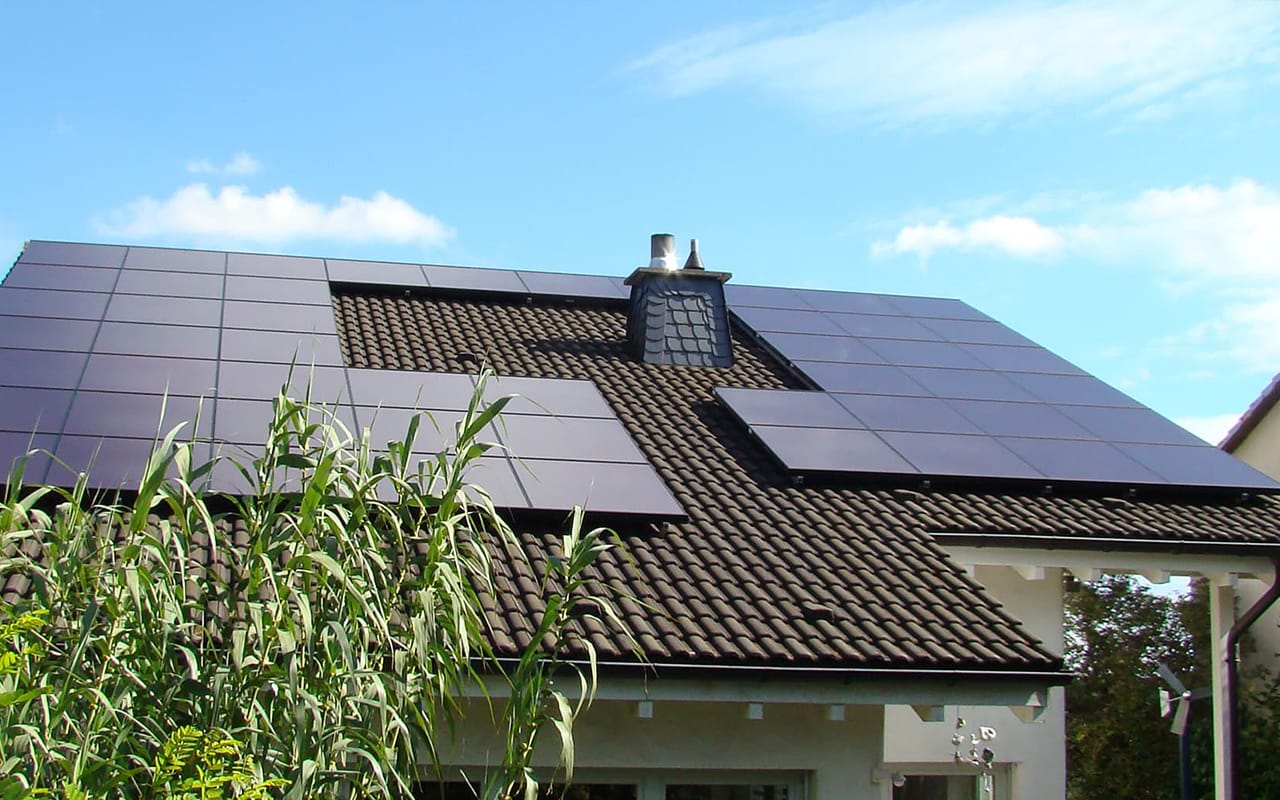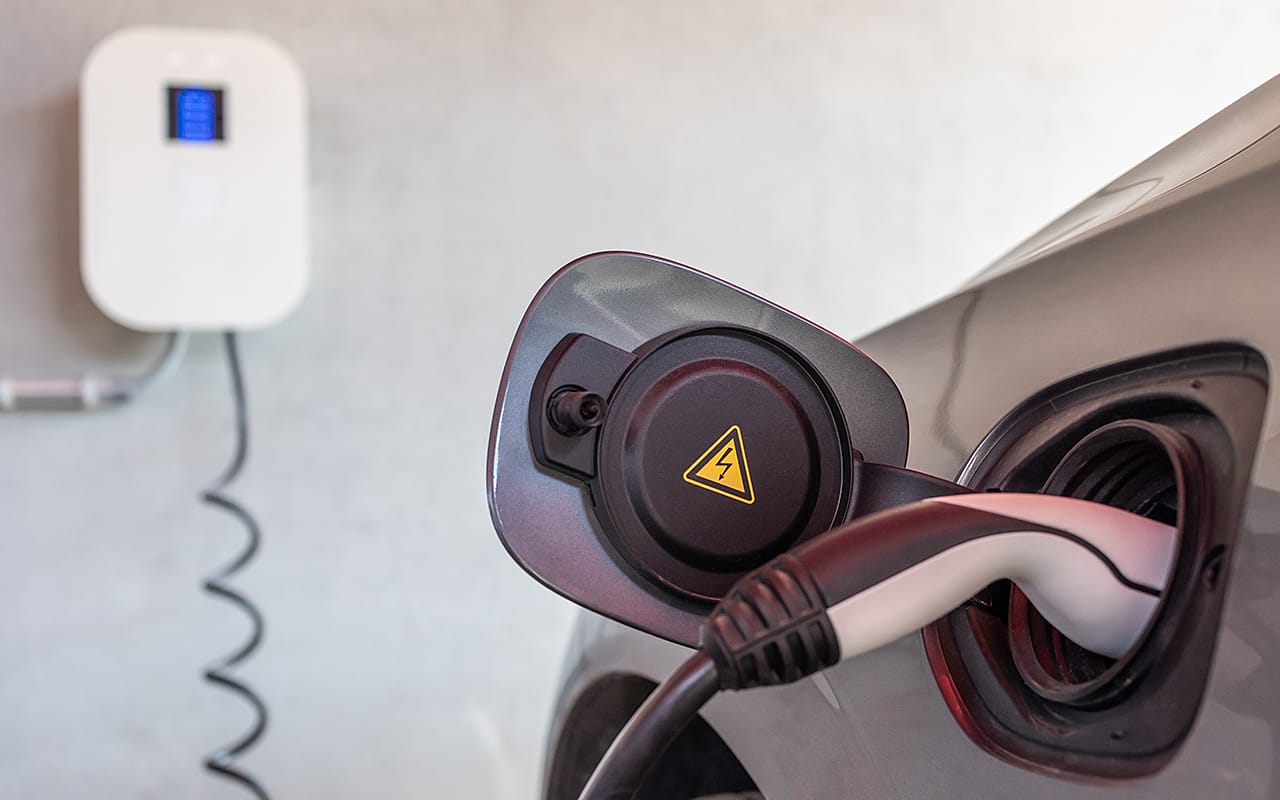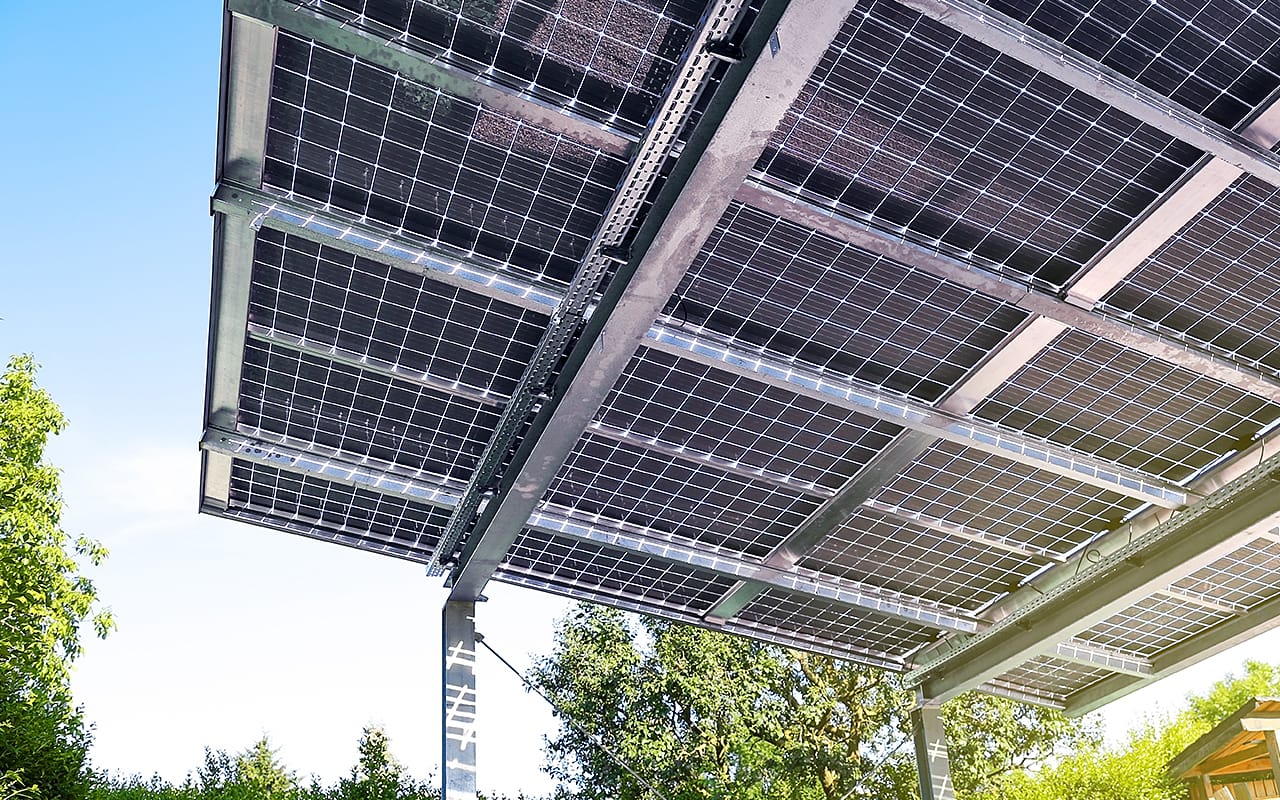kWp and kWh - this is what the photovoltaic key figures tell you

You would like to know how high the PV yield of your photovoltaic system is? Values such as the kilowatt hour and the kilowatt peak provide information about this. While the kWh tells you how much electricity your system generates, the kWp tells you how high its output is. Combined, the two values stand for the PV yield you can expect.
Kilowatt hour (kWh) - unit of measurement for the system yield
The unit of measurement for your PV yield is the kilowatt hour. But what is the kWh actually? It is a unit of measurement for energy that can be generated every hour. In this case by the photovoltaic system. However, this unit is quite abstract.
For a better understanding, you can think of a kilowatt hour as follows:
- Bake a cake.
- Washing a machine of laundry.
- Seven hours of television.
- 50 hours of lighting a room (with an energy-saving lamp).
Exactly how much electricity you consume depends on the energy efficiency of your electronic devices. This demand is independent of the PV yield.
Difference between electrical appliances and PV system
The physical quantity kilowatt corresponds to 1,000 watts. You already know this unit of measurement from the electrical appliances in your household. There you will find information on how much energy the individual electrical appliances require. A modern television, for example, consumes between 50 and 60 watts per hour. A washing machine, on the other hand, consumes between 800 and 1,000 watts, or about 1.0 kilowatt. The information on your electrical appliances always refers to the energy consumption.
With your photovoltaic system, it is exactly the other way round. Here, the kilowatt-hour figure defines the PV yield. The system then provides the energy generated from the sunlight for your needs. For example, if it is rated at seven kilowatts, it does not consume this value, but makes it available as PV yield. The kWh is therefore important as soon as you want to determine either your consumption or your PV yield.
Kilowatt peak (kWp) - the unit of measurement for the output of a photovoltaic system
In connection with the PV yield, you may ask the question: What is kWp? The output of the PV system is defined using kWp. This means that it describes the maximum output in kilowatts that your PV system can produce. Although this is a theoretical value, it has its justification: You can use the kWp to compare photovoltaic systems or modules.
You should take into account that the solar modules are influenced by different conditions. Values such as the outside temperature or the light irradiation influence the PV yield. For this reason, manufacturers of PV systems have standard test conditions under which they determine these results.
What does "peak" mean?
Theterm peak comes from the English language and basically refers to a peak value. In combination with kilowatts, this measurement is used exclusively to measure the output of PV systems. It helps you compare different modules and their PV yield.
The reason is that the individual modules perform differently under different conditions. Manufacturers determine this value in a standardised test environment and show it in the data sheet.
STC - Standard test condition for the kWp
STC stands for Standard Test Conditions, which means standard test condition. It is specified by the manufacturers in the module data sheet and describes the module performance. This test environment ensures that uniform operating conditions prevail.
These conditions concern all aspects that affect the performance and thus the PV yield:
- The irradiation is 1,000 watts per square metre.
- The air mass (AM) is 1.5.
- The cell temperature is 25 degrees Celsius.
Which is better - STC or NOCT?
The STC is used to provide the same test conditions for all PV modules. However, this test is repeatedly criticised. The reason: the values are far removed from reality and do not correspond to real operating conditions. This means that as soon as you use the PV system on site, the PV yield can deviate significantly from the theoretical data.
To compensate for this problem, experts developed the NOCT, which is also specified on most data sheets. The abbreviation stands for Normal Operating Cell Temperature. In this test, manufacturers determine the performance under realistic conditions. Unlike the STC, the NOCT takes into account that the modules of the PV system heat up much more when exposed to real sunlight. At an irradiance of 800 watts per square metre, it assumes a module temperature of 45 degrees Celsius. These values have a noticeable effect on the PV yield.
The difference between kWh and kWp
The kilowatt hour indicates the yield achieved PV and the kilowatt peak defines the maximum value to be achieved.
You can calculate with these kWh values per installed kWp
To calculate your annual PV yield in kilowatts, use the following rule of thumb: In Germany, a PV system generates around 1,000 kilowatts of electricity per kWp per year. With a 6.9 kWp system, you can expect PV a yield of about 6,900 kWh. Important: This value is always an average value. The actual PV yield depends on the hours of sunshine on site.
Typical values of PV systems on single-family houses
A private PV system, as installed on a single-family house, usually has an output of four to ten kWp. As a rule, ten to 36 modules are installed. This means that the typical PV yield for your home is between 4,000 and 10,000 kWh per year.
Summary
The power of your PV system is measured in kilowatts, while the number of kilowatt-hours indicates the capacity of your electricity storage. In contrast, the kilowatt peak describes the nominal power of your modules.
You should pay attention to the following points:
- They are allowed to feed 70 percent of the nominal power into the grid. In the case of battery storage funding from KfW, only 50 percent.
- If the nominal output of your PV system is less than ten kWp, you are exempt from the EEG levies.
- Electricity storage and power should be matched to each other so that the PV yield is based on your needs.
About the author
TRITEC has specialised in the generation of solar power through photovoltaics for over 34 years. We are active worldwide in both photovoltaic wholesale and large-scale plant construction. In addition to our proven PV mounting system, we also offer our own intelligent system solutions for the planning, design and performance control of photovoltaic systems, as well as branded products from leading photovoltaic manufacturers.




